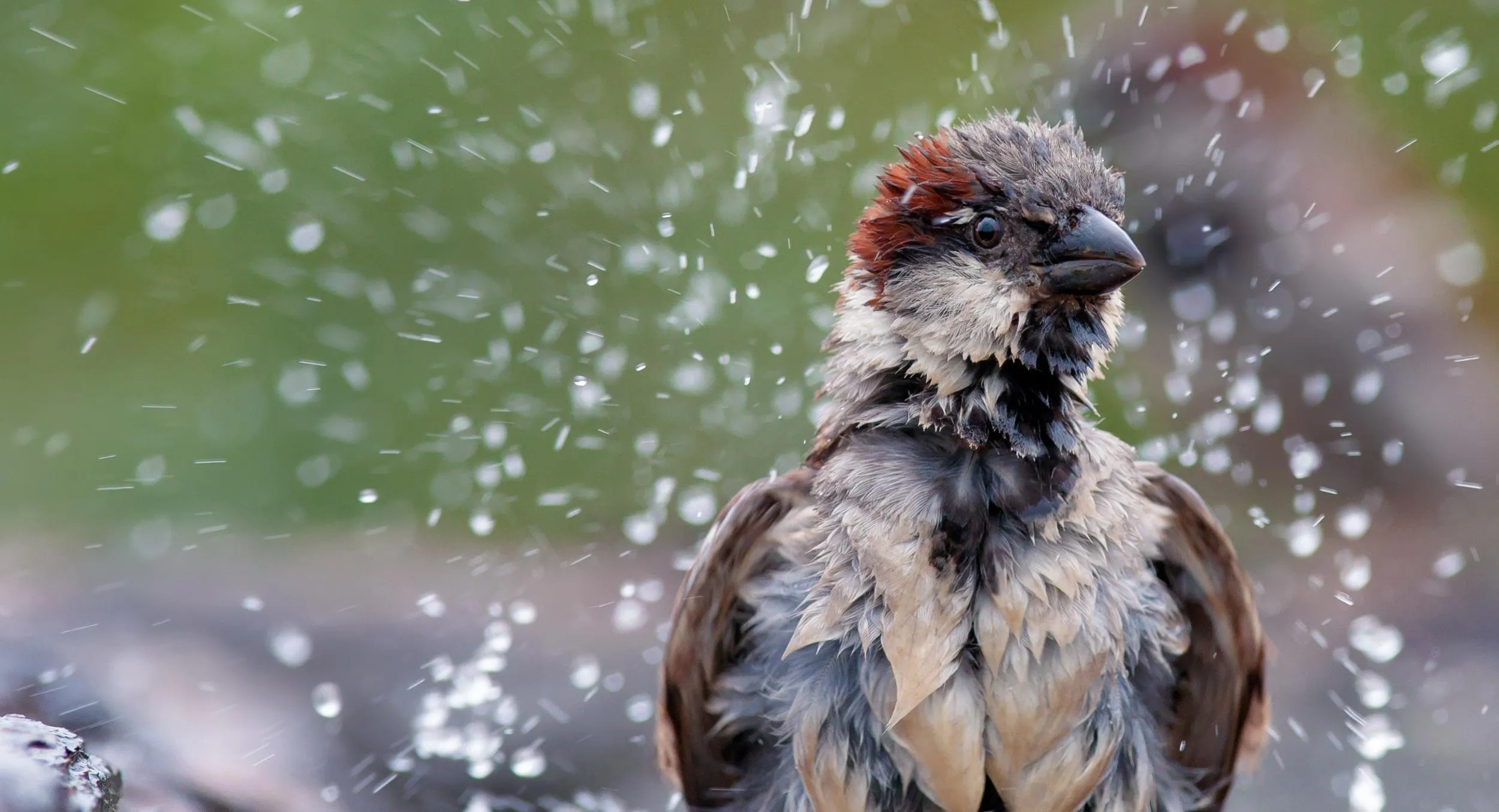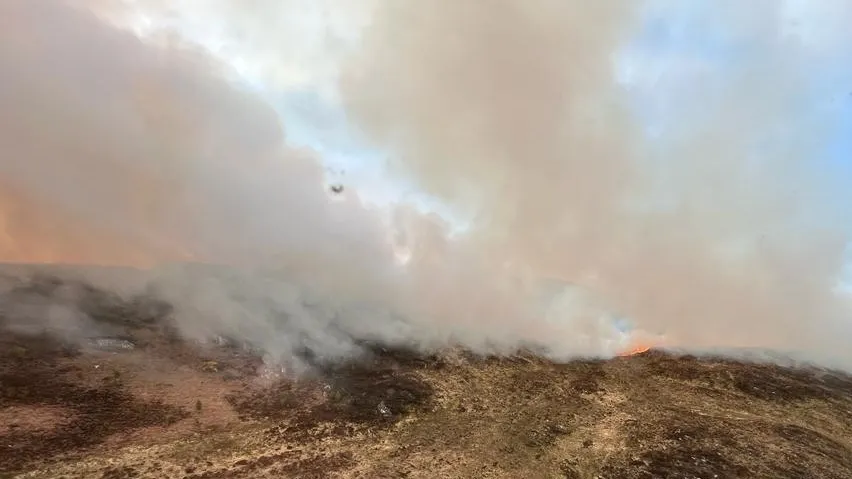News
Meet the inspiring volunteers who have won this year’s President’s Awards
The winners of this year’s President’s Awards have been announced! Every year we ask RSPB teams all around the UK to nom...
As we hit the UK’s warmest months of the year, we look at seven ways birds keep cool and share tips on how we can help them beat the heat.

One of the simplest ways to stay cool is simply to avoid the heat and, just like many of us, birds hide away when the sun gets really strong. Birds head for the shade, hiding in hedgerows, brambles or high up within the leafy canopy of a tree. Most birds also tend to build their nests in a spot which is hidden away from any midsummer glare to try and keep their chicks as cool as possible. It is best to keep this in mind when putting up a new nest box, see our guide here.
Ever seen a bird pant? Well they do! Look out for Blackbirds in particular sunning themselves with their bills open. Birds can’t sweat so, like dogs, some pant instead. By opening their beaks and breathing heavily, air rushes in causing the moisture in their lungs, throat and mouths to evaporate. This absorbs heat and helps keep them cool.

Some birds use gular fluttering to cool down. This complicated sounding move is a way in which birds remove excess heat from their bodies by expelling it via their throat. Cormorants and herons, for example, open their beaks and then ‘flutter’ the gular muscles in their throat while breathing rapidly. This quickly carries heat out of the body and brings in cooler air. When performing the gular flutter, you can see their necks vibrating like they’re having a good old chuckle!
Yes, you read that correctly! Some non-UK birds cool down by pooing on themselves. In a process known as urohidrosis, several types of stork and some vultures poo on their pins. Bird droppings are a combination of wee and poo so on a hot day the liquid evaporates on the scaly part of their legs which helps cool them down.
Many of us like to cool down by taking a dip and birds do too! Whether a bird bath, a puddle or the edges of a pond, look out for birds such as Woodpigeons, Blackbirds, Starlings and Robins paddling or splashing about. Shaking the water through their feathers helps to keep them cool and clean too.

During the summer months, many birds are more active during the cooler temperatures of dawn and dusk, choosing to hide away when it gets hot. You might notice this at your own bird table, with more tending to visit early on rather than during the midday heat.
We’ve all seen birds of prey such as Red Kites and Buzzards soaring high on a summer’s day, but could this be a strategy to keep cool? There’s not a lot of evidence for this yet, but it has been suggested some birds soar at higher altitudes if the weather gets really hot. The air is certainly cooler the further you get from the ground, but the difficulty in carrying out an experiment to test this means that at the moment we can’t say for sure.

As we’ve seen above, birds do have a number of ways to keep cool which generally means that adult birds are able to cope with the heat. Writing in the RSPB members’ magazine, wildlife expert Dominic Couzens explains:
“Every bird species has its own ‘thermal neutral zone’. This is the range of external temperatures over which its normal rate of metabolic heat production doesn’t change. Either side of this range, birds can die; however, this does take extreme conditions. An acclimatised, well-hydrated pigeon, for example, can cope with a temperature of 60°C.”
While we can help by putting out water and food, the ongoing problem for birds is not so much about how to keep cool in a heatwave, but how to survive a changing climate as it impacts on food and water availability.

Climate change is already affecting nature around the world, with experts agreed that it is one of the factors driving declines in wildlife. Within the UK, breeding seabirds such as Puffins and upland breeding birds such as Curlews are two groups that are vulnerable to climate change.
Puffins and many other seabirds rely on the availability of small fish such as sandeels, to feed their chicks. But, these are being negatively impacted by climate change, which is in turn causing declines in seabird populations. Upland birds, meanwhile, can suffer from a shortage of food during periods of hot dry weather as this can reduce the availability of the soil-dwelling invertebrates that they rely on such as earthworms and craneflies.
Climate change is also affecting the timings of seasonal events. In the UK spring is arriving around 11 days earlier than 30 years ago, which has implications for when birds nest and food availability.
More extreme weather as a result of climate change can also destroy habitats. For example, prolonged heatwaves can also increase the risk of wildfires, such as the one that devastated our Corrimony nature reserve in Scotland in 2023.

In fact, climate change is the greatest long-term threat to nature and people we face. As we have seen, the warmer weather and more extreme weather patterns are already having an impact. That’s why to safeguard birds and wildlife, and our own future, it’s vital that we tackle the nature and climate crisis.